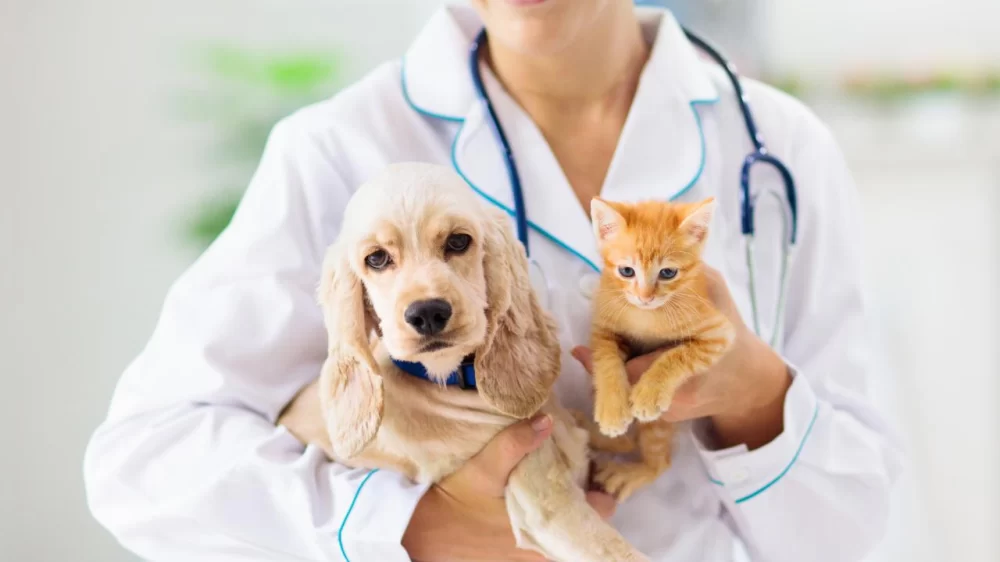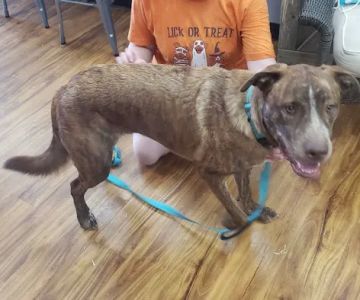- Understanding Pet Surgery
- Preparing Your Pet for Surgery
- Pre-Surgery Tips for Pet Owners
- What to Expect During the Surgery
- Post-Surgery Care for Your Pet
Understanding Pet Surgery
Surgery for pets is often a necessary step to address health issues that cannot be managed with medication or non-invasive treatments. Whether your pet requires a routine procedure like spaying or neutering or a more complex surgery, it's important to approach the process with a solid understanding of what it involves. Knowing what to expect before, during, and after the procedure can help alleviate anxiety and ensure a successful recovery for your pet.
Pet surgeries can range from relatively simple procedures to more serious operations. While all surgeries carry some level of risk, advancements in veterinary medicine have made them increasingly safe. However, preparation is key to ensuring your pet's safety and well-being throughout the process.
Preparing Your Pet for Surgery
Preparing your pet for surgery involves both physical and emotional preparation. It's important to follow your veterinarian’s instructions carefully to help ensure a smooth procedure. Here are a few essential steps to consider before the day of the surgery:
- Pre-Surgery Checkup: Before the surgery, your vet will likely perform a thorough checkup to ensure that your pet is healthy enough for the procedure. This may include blood tests, X-rays, or other diagnostic tests to assess their overall health and any potential risks.
- Fasting: Many surgeries require pets to fast for a certain period before the procedure. This helps prevent complications such as vomiting or aspiration during anesthesia. Follow your vet’s guidelines on when to stop feeding or offering water to your pet before the surgery.
- Comfort and Familiarity: It’s important to keep your pet calm and comfortable in the days leading up to the surgery. Avoid introducing any major changes to your pet's routine and provide a calm, familiar environment. This helps reduce stress and anxiety for your pet.
- Transportation: Plan how to safely transport your pet to the veterinary clinic. Ensure that they are securely placed in a carrier or on a leash to minimize any movement or stress during the journey.
Pre-Surgery Tips for Pet Owners
As a pet owner, there are several things you can do to ensure that the surgical process goes as smoothly as possible:
- Ask Questions: Don’t hesitate to ask your veterinarian questions about the procedure. Understand what will happen before, during, and after the surgery. This will help you feel more confident and ensure that you are fully informed.
- Prepare Your Home for Recovery: Before your pet undergoes surgery, prepare a quiet, comfortable area in your home for them to recover. Make sure it's free of distractions, with a soft bed, easy access to water, and any necessary medications readily available.
- Arrange Time Off: If possible, arrange to take some time off work or ask a family member to help care for your pet in the first few days after surgery. Your pet may need additional attention during this time to ensure their recovery goes smoothly.
- Prepare for Potential Emotional Stress: It’s natural to feel anxious or worried about your pet's surgery. A calm and positive attitude will help you manage your emotions and create a reassuring environment for your pet.
What to Expect During the Surgery
On the day of the surgery, your veterinarian and the surgical team will be responsible for your pet’s care. Here's a general outline of what will happen during the procedure:
- Pre-Surgery Preparation: When you arrive at the veterinary clinic, the staff will check your pet in and ensure they are ready for the procedure. They may administer a sedative to help your pet relax before the anesthesia is administered.
- Anesthesia: Your pet will be given general anesthesia to ensure they are unconscious and pain-free throughout the procedure. The surgical team will monitor your pet’s vital signs closely to ensure their safety during the surgery.
- The Surgery: Depending on the type of surgery, the procedure itself may take anywhere from a few minutes to several hours. Your veterinarian will carefully perform the surgery, and all necessary precautions will be taken to minimize risks.
- Post-Surgery Monitoring: After the surgery, your pet will be moved to a recovery area where they will be monitored as they wake up from the anesthesia. Pain management and other supportive care will be provided to help them feel as comfortable as possible.
Post-Surgery Care for Your Pet
After the surgery, proper care is essential to ensure your pet recovers well and quickly. Here are some key aspects of post-surgery care:
- Rest and Recovery: Your pet will need plenty of rest after surgery. Limit their physical activity and provide a quiet space where they can heal. Avoid any activities that could cause strain on the surgery site.
- Medications: Your veterinarian will likely prescribe pain medication and possibly antibiotics to prevent infection. Follow their instructions carefully and ensure that your pet completes the full course of medications.
- Monitor the Surgical Site: Keep an eye on the surgical site for signs of infection, such as redness, swelling, or discharge. If you notice any concerning symptoms, contact your veterinarian immediately.
- Follow-Up Appointments: Make sure to schedule any follow-up appointments as recommended by your veterinarian to monitor your pet's recovery progress. These visits are crucial to ensuring that healing is progressing as expected.
At Hidden Brook Veterinary, we understand how important it is to ensure the well-being of your pet before, during, and after surgery. If you have any concerns or questions about your pet’s upcoming procedure, don’t hesitate to reach out to us. Our expert team is here to guide you through every step of the process.











